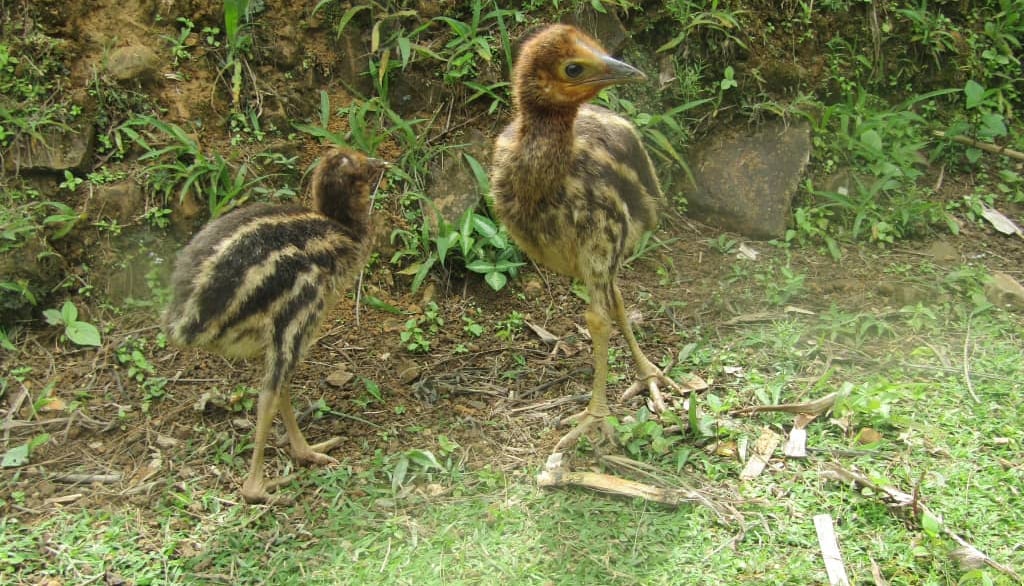First camera trap videos of Dwarf Cassowaries in Mt. Goplom Conservation Area along the Bismarck forest corridor ecosystem.
Blog post description.
7/27/20251 min read


High in the misty forests of the Bismarck Range, something extraordinary happened at the Mt. Goplom Conservation Area. Camera traps, quietly placed by conservation teams, captured the first-ever videos of the dwarf cassowary—a bird so rare and secretive that many locals only knew it from old stories told by their grandparents. Seeing the bird alive and moving through the thick undergrowth felt like witnessing a piece of living history.
For the people of Kwiop and the surrounding villages, this wasn’t just a scientific discovery—it was deeply personal. The dwarf cassowary, with its important role in spreading seeds and keeping the forest alive, is part of their land and identity. Watching the footage brought pride and joy, proving that their decision to protect Mt. Goplom’s forests was making a real difference.
The discovery also shines a light on the importance of the Bismarck forest corridor, one of Papua New Guinea’s last untouched biodiversity strongholds. For the community, it is both a reward and a responsibility—a reminder that their forest is not only home to them, but also to rare creatures like the dwarf cassowary that the world thought was slipping away.
